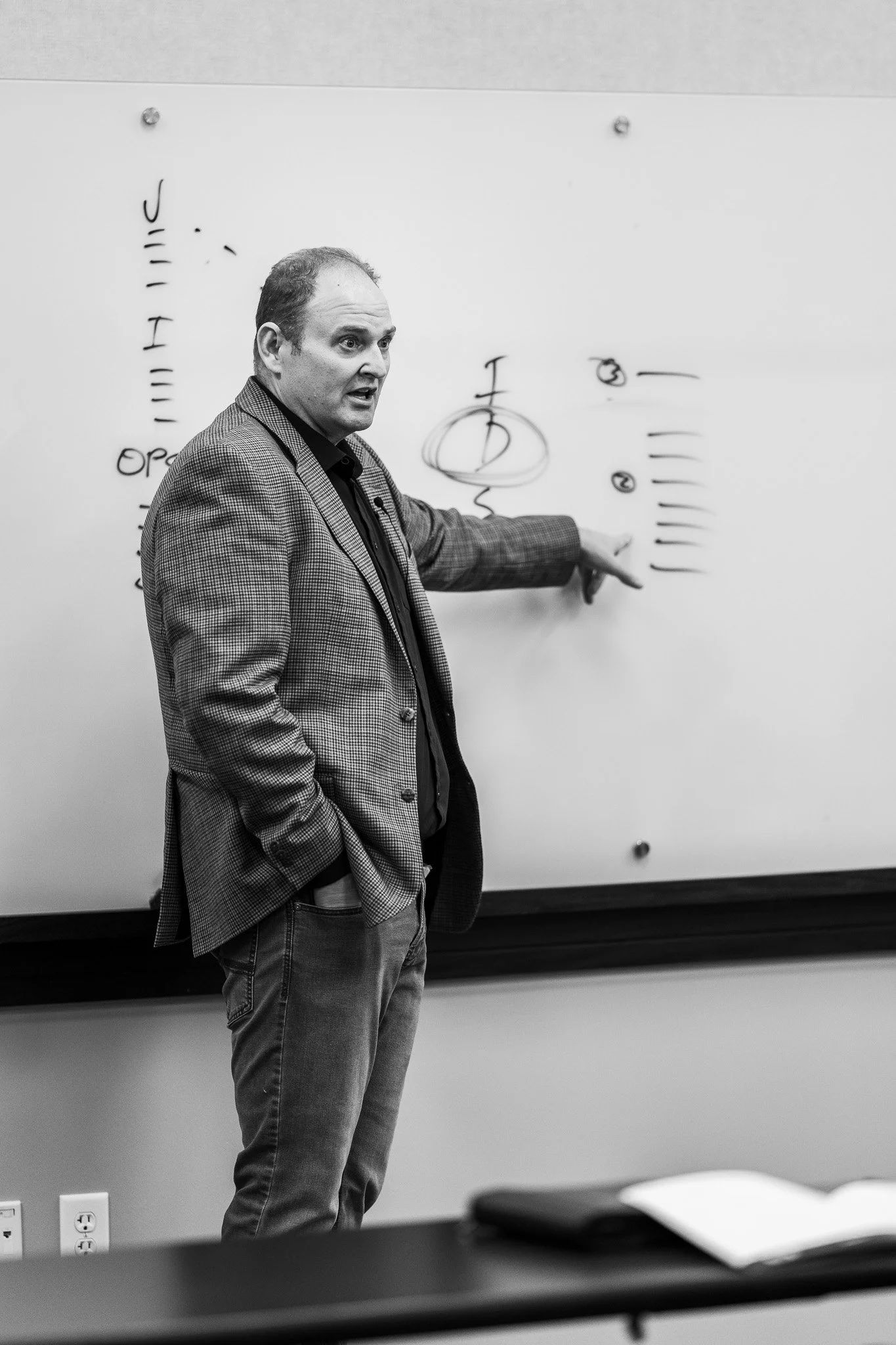right people. right seats.
Written by Bobby Rouse
Never SettlE
A key component to organizational traction is having the right people in the right seats. So what does this really mean?
It’s very simple. Right People are those who fit your organization’s core values.
Right Seat is a person who clearly understands their seat in the organization with its accompanying roles and performs in that seat.
In my career, I have had the opportunity to hire literally hundreds of great people. I would say later in my career I hit the mark at 90% right people in the right seats. We are not perfect so mistakes in hiring for whatever reasons are probable. Most hiring mistakes are at the hands of the hiring manager. They are either unclear on the core values of the organization and/or have a lack of clarity about the seat they are trying to fill.
When I interview, I interview for a good core value fit first. If they are a good fit core value fit, then they move to a second interview to see how well they fit the seat that is being filled.
If a candidate does not fit the core values, there is no need for a second interview. A bad core value fit means it is the wrong person, and we must have the right person.
For the first interview, share the organization's core values at the beginning of the interview. Explain that this is who we are as a company and this is who each of us are at the core. That must be crystal clear to them.
I architect and ask questions about each core value. This can be difficult in the beginning, but it gets easier as you switch your mindset into truly believing that the organization cannot afford people who are not a good core value fit.
So what would a good core value interview question look like?
If one of the organization’s core values is “Do the Right Thing” you might ask….
One of our organization’s core values is “Do the Right Thing”, what does that mean to you?
Don’t jump in because the inevitable awkward silence kicks in and you become uncomfortable, let it be awkward and give them time to think of a good response. You learn many things about potential candidates through these pauses.
After the response, ask them to provide examples of when they did the right thing, even though it may have been hard or even risky, and why they chose to make that decision.
Again, let them talk and hold yourself back from jumping in. The more they talk, the more you learn and you’ll either have green lights or red flags about this particular candidate. My rule of thumb is the candidate should speak 80% of the time and the interviewer 20%. It can be tougher than it sounds but work at it and become masterful.
What does the wrong person for your organization look like?
Toxic
Not open or honest with the team
Tend to hide issues
It can bring lots of drama
This creates lots of issues for their manager
Performance issues
These are just a few that I have seen, not a comprehensive list.
Once you have determined that they are the right core value fit, then you must determine if the seat they are interviewing for is a good fit.
Failure to provide clarity for a seat and its roles can be, and usually is, a fatal mistake and the accountability rests on the shoulders of the members of the Leadership Team and the Hiring Manager.
If I am hiring for a Finance seat for example it may look like this:
Seat: Finance
Role: AR/AP
Role: Reporting
Role: Budgeting
Role: HR/Admin
Role: IT
The roles are the things that this person is accountable for. Now, he/she may have lots of people helping and doing those roles, but at the end of the day they are accountable for ensuring those things are being done. They may have an IT specialist reporting to them “doing” the work of IT, the finance seat ultimately has accountability to the organization for IT work being done.
To ensure a candidate would be a great fit for the seat, they must clearly understand the roles of the seat and then they must…
Get it: Does he/she get all of the ins and outs of the position?
Want it: Does he/she genuinely want to do the job?
Capacity: Does he/she have the mental, physical, spiritual, time, knowledge, and emotional capacity to do the job?
You must feel confidence and the candidate must be confident in getting it, wanting it, and having the capacity to do the job. If even one of those is a “No” then likely is not the right seat for this person.
To recap:
The people in your organization must be the right people in the right seats if you want to achieve a vision.
Right people - Great core value fits
Right seats - They get, want, and have the capacity to do the job
Organizations who are not clear on their core values will continue to hire potential wrong people because they are not clear on who they are at the core. They only look at skills to do a particular job.
Organizations who are not clear on the seats and the roles of that seat will struggle with having people in the wrong seats leading to performance issues and employee satisfaction. With hiring, resist the temptation of speed over quality. Be intentional.
Right People, Right Seats - You Got to Have Both!

